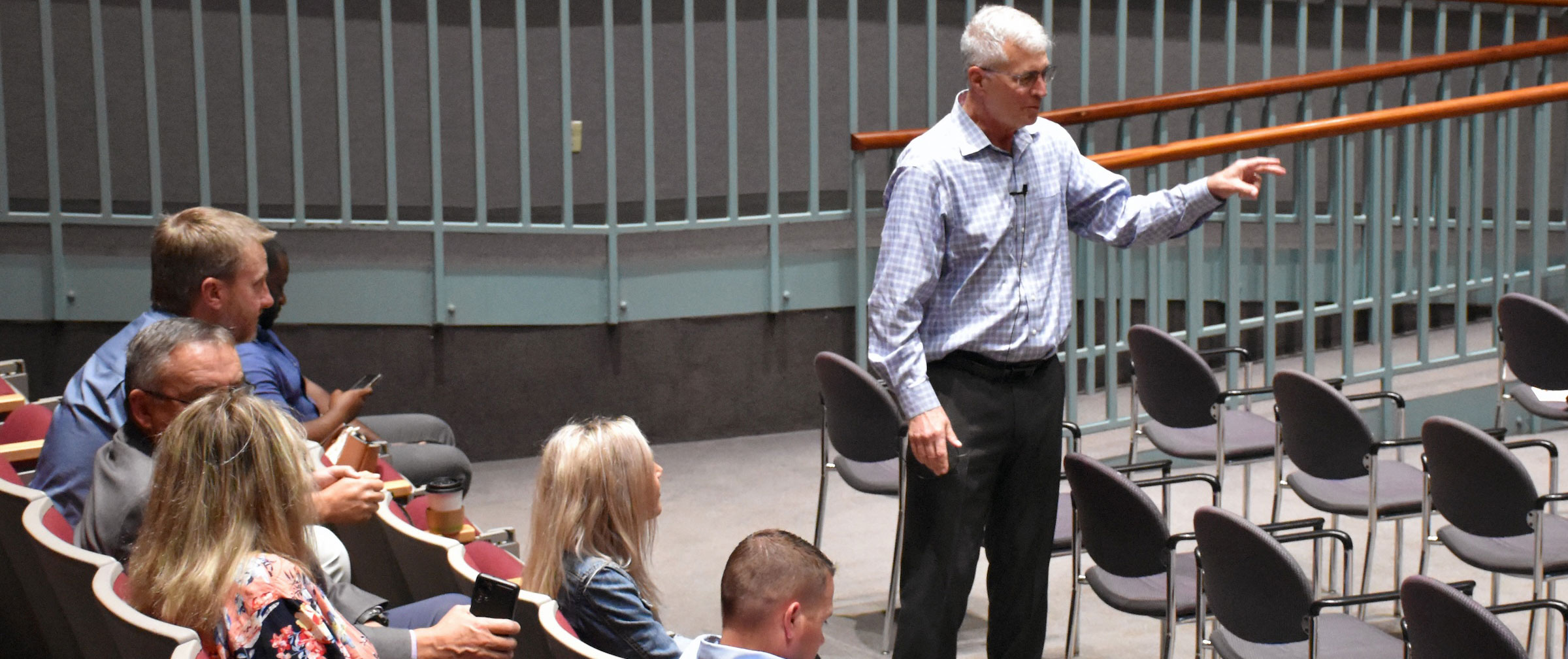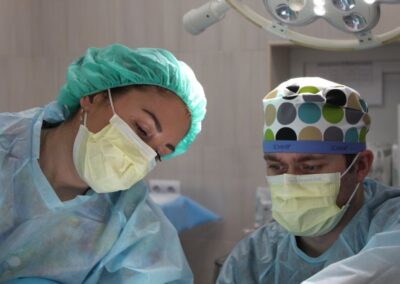Blip in the curve or call to action?
Last week the CDC released data from the National Vital Statistics System on U.S. mortality rates for 2015. Surprisingly, there was a slight uptick in mortality compared to 2014. During this time, the overall mortality rate increased from 724.6 per 100,000 to 733.1 per 100,000. Similarly, the average life expectancy declined from 78.9 to 78.8. The decline was seen in both males (76.5 vs 76.3) and females (81.3 vs 81.2). There was an overall slight increase in the mortality rates in 8 of the top 10 causes of death. Only death from cancer showed improvement relative to 2014 (158.5 vs 161.2 deaths per 100,000). The intent of this report is to publish statistics and it does not offer etiologies or inferences for their findings.
Since 1960 there has been a consistent decline in overall mortality for all age and ethnic categories. As a nation, the age-adjusted death rate went from about 1,300/100,000 in the sixties to below 750/100,000. This is a major public health success story. Admittedly, the increase in mortality for 2015 is meager, about one percent, and not likely statistically significant, but it nevertheless should cause us to revisit and question the current health care strategies. Reviewing the mortality data since 1960 (55 years) there were 11 times where there was a slight increase in mortality for a given year. So, was 2015 just year number 12 and just a blip in the curve? Or could 2015 be the start of a disturbing trend in the other direction?
The data is especially puzzling because, as a nation, we spend twice as much as any other country in per capita health care, and yet despite those efforts, the average life expectancy in the U.S. according to OECD data has never even achieved the top 10 for nations worldwide.
We have seen great advances in technology and therapeutics. Hardly a day goes by without some new device, technique or drug entering the health care scene . Many of those claim to reduce mortality. Given our aggressive approach to health care, with more tests, procedures and surgeries done on our patients than in any other country one must question why there would be an upward year at all.
What are we missing? Undoubtedly, there are multiple factors and causes for this increase in mortality. I believe the first place to reevaluate is a critical examination of the lifestyles we choose.
Our affluent society gives us many lifestyle choices—some good and some poor. Unfortunately, many Americans have made poor decisions. On the positive side, the incidence of smoking continues to decline. But on the other hand, the incidence of obesity has reached all time high levels in this country. Morbid obesity is a known risk for cardiovascular disease (the leading cause of death in the U.S.) as well as many other diseases. The incidence of diabetes is increasing, especially in our children, largely as a result of obesity. Sedentary lifestyles are also associated with cardiovascular mortality and decreased life expectancy. High-fat, low-nutrition diets are the norm for many in this fast food environment. The meteoric rise in narcotic drug overdoses and morbidities has become a national emergency and contributes to the mortality upswing. I could list many more.
Are these poor lifestyle choices overriding those technological and therapeutic advances, and are they tipping the scale in favor of an increased mortality rate? I believe yes.
It is time to address lifestyle and preventive issues with more vigor than ever before. Perhaps we have lulled ourselves into a false state of security thinking that technology and other advances will continue to increase our life expectancies. Technological advances in themselves do not make one healthier. Educational efforts must continue, especially with our children. Incentives must be put in place to promote a healthy lifestyle for our patients. Based upon these 2015 figures our present efforts may be insufficient and we are going in the wrong direction.
So, hopefully 2015 will be just a blip in the mortality curve. Maybe the positive trend for increased life expectancy will continue when the 2016 numbers are released a year from now.
Or maybe this is truly a wake-up call, an early warning sign to take action. Maybe now, more than ever, we need to address the unhealthy lifestyle choices we have made as a society.
The data for 2016 will be telling. I hope we do not have a second consecutive year of increasing mortality. The year 2016 is virtually over. As it is said, “the fat’s in the fire” for 2016.
This is the time of year we are all thinking of 2017 New Year’s resolutions. Let’s not wait till the next set of numbers.
What a great New Year’s resolution. Let’s all dedicate ourselves to a healthier lifestyle. We may live to remember it!




